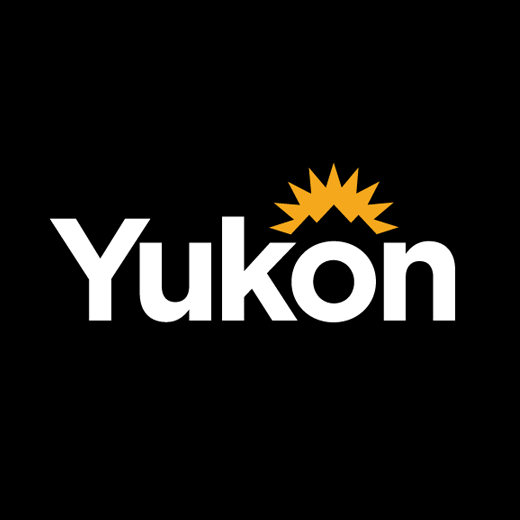traditional-territory
Type of resources
Topics
Keywords
Contact for the resource
Provided by
Formats
Representation types
Update frequencies
status
-

Traditional territories of Yukon first nations and settlement areas of Inuvialuit and Tetlit Gwich'in within the Yukon Territory. A Traditional Territory is an area of the Yukon that the people of a First Nation have traditionally used. A First Nation's Settlement Lands fall inside the boundaries of its Traditional Territory. A First Nation does not own its Traditional Territory, but the First Nation and its benificiaries have a number of rights within their Traditional Territory, both on and off of Settlement Land. This data was built using the 1:250,000 National Topographic Data Base (NTDB) data as the base and the 1:500,000 hardcopy traditional territory maps as signed by individual First Nation chiefs on November 8, 1988 for the line work. The White River First Nation asserted traditional territory boundary in this dataset was updated on November 7, 2024. The Acho Dene Koe First Nation asserted traditional territory boundary in this dataset was updated on June 16, 2025.
-

"KFN-WRFN Overlap Resolution Boundary" means the boundary which, for the purposes of Settlement Agreements, eliminates the KFN-WRFN Overlapping Area. Distributed from [GeoYukon](https://yukon.ca/geoyukon) by the [Government of Yukon](https://yukon.ca/maps) . Discover more digital map data and interactive maps from Yukon's digital map data collection. For more information: [geomatics.help@yukon.ca](mailto:geomatics.help@yukon.ca)
-

The Yukon Geological Survey (YGS) has compiled over 195 surficial geology maps into a standardized GIS format, providing approximately 80% coverage of the territory. The maps range in scales from 1:250,000 to 1:10,000 with spatial overlap between scales. The original maps were produced by various agencies, including the Geological Survey of Canada, YGS, Yukon Government, universities, and the City of Whitehorse. All original feature descriptions have been preserved and also converted to standardized values using the Yukon terrain classification system. The compilation includes 4 GIS datasets and supporting documents available for download via [YGS integrated data system](https://data.geology.gov.yk.ca/Compilation/33) (YGSIDS) or GeoYukon. A .lyr file is [provided](https://data.geology.gov.yk.ca/Compilation/33) to symbolize feature classes and differentiate overlapping maps at different scales. Additionally, there is a surficial geology map index. The polygon attributes captured include surficial material, texture, age, surface expression, and geomorphological processes. Line features include geological contacts, glacial limits, glacial landforms (cirques, arêtes, eskers, meltwater channels, moraines), and non-glacial landforms (faults, lineaments, landslides, escarpments). Point features include field station, fossil and sample locations, glacial landforms (erratics, kames, kettles, drumlins, flutings), permafrost features (pingos, palsas, patterned ground, thermokarst depressions), and other non-glacial landforms (landslides, tors). The map index provides information on each map publication such as author, map title, map scale, publisher. These data are valuable for land-use applications in the territory, including: mineral and placer exploration, geotechnical engineering, infrastructure planning, granular resource assessments, permafrost modeling, agricultural assessments, forest management, and biophysical or ecological land classification. Distributed from [GeoYukon](https://yukon.ca/geoyukon) by the [Government of Yukon](https://yukon.ca/maps) . Discover more digital map data and interactive maps from Yukon's digital map data collection. For more information: [geomatics.help@yukon.ca](mailto:geomatics.help@yukon.ca)
-

::: (style="text-align:Left;") Traditional territories of Yukon first nations and settlement areas of Inuvialuit and Tetlit Gwich'in within the Yukon Territory. This data was built using the 1:1,000,000 Digital Chart of the World (DCW) data as the base and the 1:500,000 hardcopy traditional territory maps as signed by individual First Nation chiefs on November 8, 1988 for the line work. The White River First Nation asserted traditional territory boundary in this dataset was updated on November 7, 2024. The Acho Dene Koe First Nation asserted traditional territory boundary in this dataset was updated on June 16, 2025. :::
 Arctic SDI catalogue
Arctic SDI catalogue